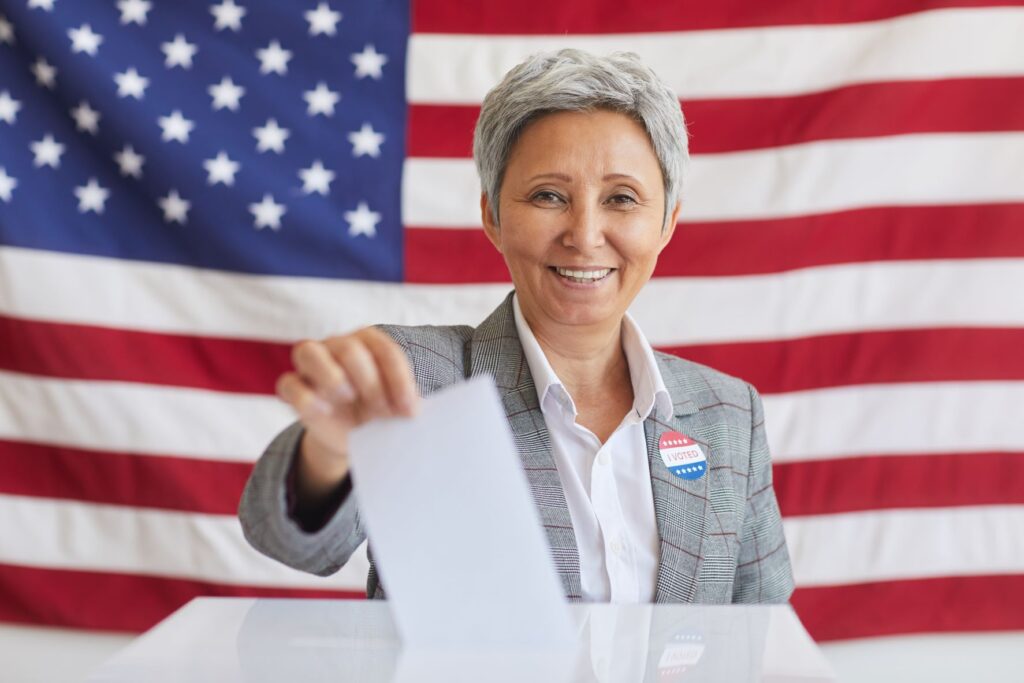When Did Women Have the Right to Vote?
Women have been allowed to vote in the United States since 19th Amendment. There were also early victories for women’s suffrage. This article will discuss the 19th Amendment and early rights of women. It also discusses the first national elections in Finland, Australia, and Finland. If you want to learn more about the history of women’s suffrage, you can also read these other articles about the history of the right to vote.
19th Amendment
The 19th Amendment was passed into law on August 26, 1920. This amendment gave women the right of vote. The fight for the right to vote was long and difficult. Even with the amendment’s ratification, there were still many challenges ahead. Some states still prohibited women from voting. Others had discriminatory voting laws that made it difficult for women to vote.
Despite the 19th Amendment’s passage, over three million women remained disenfranchised. Registration barriers continued to impede the right to vote, particularly for women of color. Many of these barriers were caused primarily by voter suppression, intimidation, poll taxes, and legalized racial disparity.
In 1917, the United States entered World War I, which helped shift public opinion on women’s suffrage. Both parties supported the Equal Voting Rights Amendment, including President Wilson. The amendment received a narrow majority in Congress. To save the amendment, the National Woman’s Party organized a campaign against the senators who opposed it.

Early victories for women’s suffrage
In the years following the Civil War, women begin to push for the right to vote. The Kansas Equal Suffrage Association’s leaders lead a successful campaign. Women in Syracuse, New York win seats on the city council. Susanna Madora Salter is elected as the first female mayor of the city.
In the United States, women’s suffrage movement gains momentum with the founding of the Women’s Political Union and the National Association for Women Suffrage. The first New York City suffrage march was organized by Alice Paul, President of the Women’s Political Union. The Women’s Political Union organizes New York’s first suffrage march, while the Women’s Trade Union League of New York organizes their first suffrage march. Meanwhile, the National Association Opposed to Woman Suffrage (NAOWS) is founded by Arthur Dodge, and its members include Catholic clergymen, distillers, and brewers.
The story of the US women’s suffrage movement is often told as a national tale. The 1848 Seneca Falls Convention was the beginning of many state petitions and campaigns to Congress that culminated with the passage of the Nineteenth Amendment. Despite the many histories of the suffrage movements, the movement’s successes were rooted within collaboration across national and global borders. Women from different countries gathered to share strategies and tactics and led conferences and publications. They also faced the challenges of racism in America.
Finland’s national elections
Some countries didn’t grant women the right of vote until the very early 20th century. In New Zealand, for example, women did not have the right to vote until 1893. In other countries, women needed to marry a male voter. To vote, women must also be literate. Later, women were allowed to vote in national elections.
Women in other parts of the globe gained the right vote only after significant cultural and government changes. By the 1960s, nearly half of the countries had granted the right to vote to women. After that, women were able to vote in all European countries except six. Currently, Switzerland, Portugal, and Liechtenstein are the only countries that haven’t yet granted universal suffrage to women.
In the late 1800s, the campaign for the right of women to vote began. In the United States, women won their first vote in 1918, but only after a yearlong campaign began. The transition from imperial rule in the United States to the Weimar Republic, which allowed equality for both men and women, gave momentum to the movement.
Australia’s national elections
The right to vote was granted to women in the United States in 1924 after the passage of the 19th Amendment. However, many women of colour were not allowed to vote in the United States at the time. This led to the ongoing struggle for true equality at polls. Although voter access is a complex issue, activists continue to fight for a more fair and equal system.
Prior to 1918, women in some countries were not allowed to vote in parliamentary elections. There was a major campaign for women’s suffrage, conducted by two groups, the suffragists and the suffragettes. The former used peaceful methods while the latter used illegal and violent means in order to achieve their goal. All women were eventually allowed to vote in national elections.
In other world regions, women gained the right to vote only after major cultural and governmental changes. In 1950, for instance, women were granted the right to vote in 80% of African nations. As decolonization spread across Asia, Africa and Latin America, newly independent countries began implementing universal suffrage.
Leave a Reply